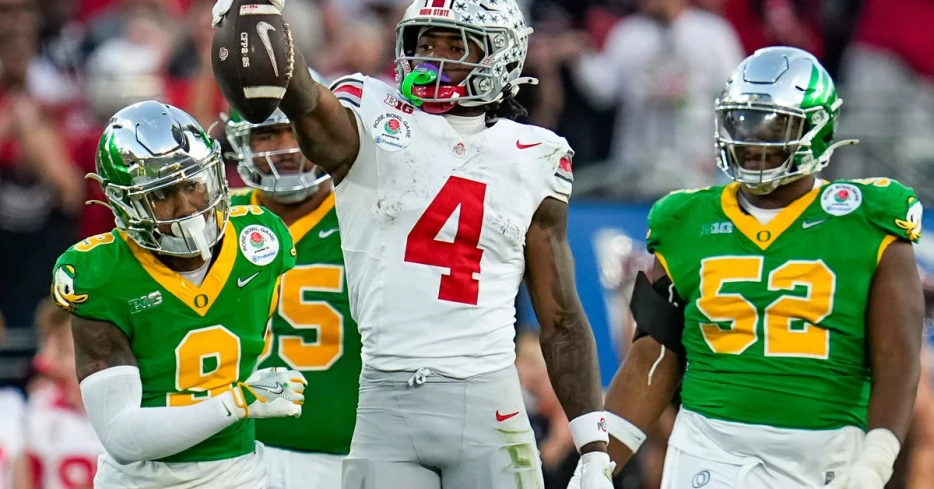
 Acme Packing Company
Acme Packing Company
(We’re pronouncing it “See Ya”, as in “Later Alligator” or “Wouldn’t Wanna Be Ya.”)
If you are unfamiliar with the QBOPS family of stats, you may want to consult the glossary before continuing, however, if you just want to understand the gist, familiarity with the FTN statistics DVOA and DYAR will be sufficient.
First off, you can see the 2024 SiYAA statistics here, and you can see it for all WRs since 2018 here.
I think my quarterback statistics, QBOPS and QWOBA (especially when adjusted for strength of defense faced and receiver quality) are working pretty well at the moment. I, as a human being, liked Caleb Williams above the other rookie quarterbacks last season (and I still think he will be good if the Bears do some work on the offensive line, and if Ben Johnson is truly the offensive mind so many believe him to be), but my system much preferred Jayden Daniels. Daniels was far and away the best quarterback in college football last season with a 144 QWOBA and a 139 QWOBA+ (the system dinged him for the two incredible LSU receivers he was throwing to), and usually quarterbacks who finish in the 140s are at least good, and often great. I could probably perform some minor tweaks, but generally speaking, the system identified Drake Maye and Bo Nix as at least starting caliber players (especially given Maye’s youth and physical tools), with the book still out on McCarthy and Penix.
But on the receiver side, I’m still not entirely satisfied. It’s not that WROPS did a bad job last year. The system loved Brian Thomas, Malik Nabers, Xavier Legette, Ladd McConkey (small sample size caveat) and Rome Odunze, and was skeptical of Marvin Harrison due to some perceived issues with his hands (and major kudos to the system on that front), but it also has a tendency to overrate certain types of players. Specifically, it loves secondary receivers who benefit from playing next to high-volume primary receivers. I call this the Allen Lazard problem.
When the Green Bay Packers had both Davante Adams and Allen Lazard, Lazard was often “better” on a per target basis than Adams, especially according to DVOA. No sane person would argue that Lazard was actually better than Adams, and this happened almost entirely because Lazard was (and is) in fact good at getting himself to the sticks and picking up first downs when other, better receivers are drawing attention. That’s a nice trick, but the act is that he lacks the chops to be a true number one receiver.
In the 2023 offseason, Aaron Schatz and FTN, the home of DVOA and DYAR, developed a new variation of their flagship statistics known as Route DVOA, which incorporates how frequently receivers are targeted as a percentage of routes run into their efficiency numbers. When you account for the talent and skill required by a receiver to actually get open and create targets for himself, Allen Lazard plunges...